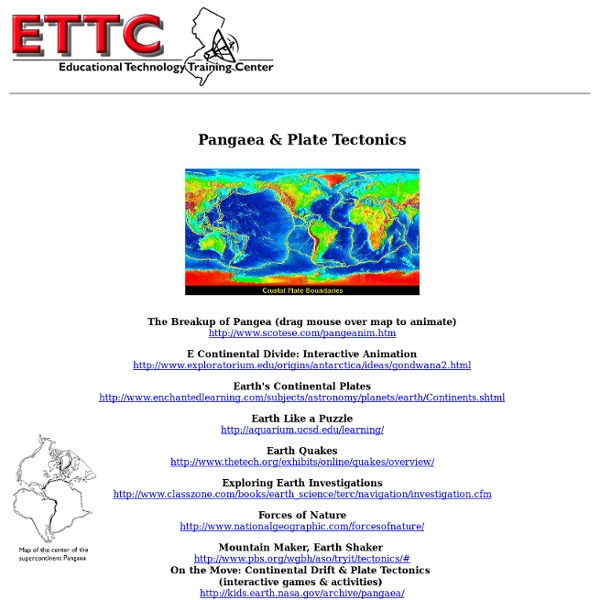



Can Catastrophic Plate Tectonics Explain Flood Geology What Is Plate Tectonics? The earth’s thin rocky outer layer (3–45 mi [5–70 km] thick) is called “the crust.” On the continents it consists of sedimentary rock layers—some containing fossils and some folded and contorted—together with an underlying crystalline rocky basement of granites and metamorphosed sedimentary rocks. In places, the crystalline rocks are exposed at the earth’s surface, usually as a result of erosion. Beneath the crust is what geologists call the mantle, which consists of dense, warm-to-hot (but solid) rock that extends to a depth of 1,800 mi (2,900 km). Below the mantle lies the earth’s core, composed mostly of iron. Investigations of the earth’s surface have revealed that it has been divided globally by past geologic processes into what today is a mosaic of rigid blocks called “plates.” Figure 1. Extension occurs where the seafloor is being pulled apart or split along rift zones, such as along the axes of the Mid-Atlantic Ridge and the East Pacific Rise. Figure 3.
Plate tectonics Plate tectonics Image source: Pacific Ring of Fire by Gringer (Wikipedia) Some mountains are still growing! Did you know that the mountains of New Zealand are still slowly growing higher and that Australia is gradually moving towards the... Science Year: 9 Tectonic boundaries: convergent How does the movement of tectonic plates affect the Earth's surface? Some mountains are still growing! Science Year: 9 Tectonic boundaries: convergent Tectonic boundaries: challenge Challenge your understanding of tectonic boundaries. Piecing together the puzzle of plate tec... In this clip, seismologist Roderick Stewart provides some firsthand information about data that helps us understand volcanic and... Geography Science Years: 8,9 Tectonic plates move slowly with massive... The Earth's tectonic plates move just a few millimetres every year. Geography Year: 8 Sleeping giant awakens on Montserrat Ocean deep, mountain high Ocean trenches are the deepest parts of the ocean. What huge forces cause tsunamis? Follow us:
Geography Site: Plate Tectonics Continental Drift and Plate Tectonics Continental Drift As far back as 1620, Francis Bacon spotted that the west coast of Africa and the east coast of South America looked as if they would fit together, like pieces of a jigsaw puzzle. Between then and 1912 other people identified further similarities between other continental coastlines, but it was only in 1912 that Alfred Wegener (left) published a theory to explain why the Earth looked like a huge jigsaw puzzle. He suggested that a very long time ago all the land that covered the Earth had been joined together into one huge continent. He named this landmass, Pangaea, and suggested that millions of years ago this supercontinent had somehow broken up. Firstly, he was able to show that fossils of a small reptile called Mesosaurus were found only in South Africa and Brazil. Secondly, he realised that the rocks in South Africa and southeast Brazil were very similar, both in age and structure. Other discoveries added to his list of evidence.
Plate Tectonics : Subduction Zones When two oceanic plates collide, the younger of the two plates, because it is less dense,* will ride over the edge of the older plate. *[Oceanic plates grow more dense as they cool and move further away from the Mid-Ocean Ridge]. (Image: Keith-Wiess Geological Laboratories; Rice University) The older, heavier plate bends and plunges steeply through the athenosphere, and descending into the earth, it forms a trench that can be as much as 70 miles wide, more than a thousand miles long, and several miles deep. The Marianas Trench, where the enormous Pacific Plate is descending under the leading edge of the Eurasian Plate, is the deepest sea floor in the world. Trench Flipping If the descending oceanic plate is carrying a continent, the less dense continental material cannot sink, so it dives into the trench behind the leading oceanic crust until it gets stuck. Next Page >